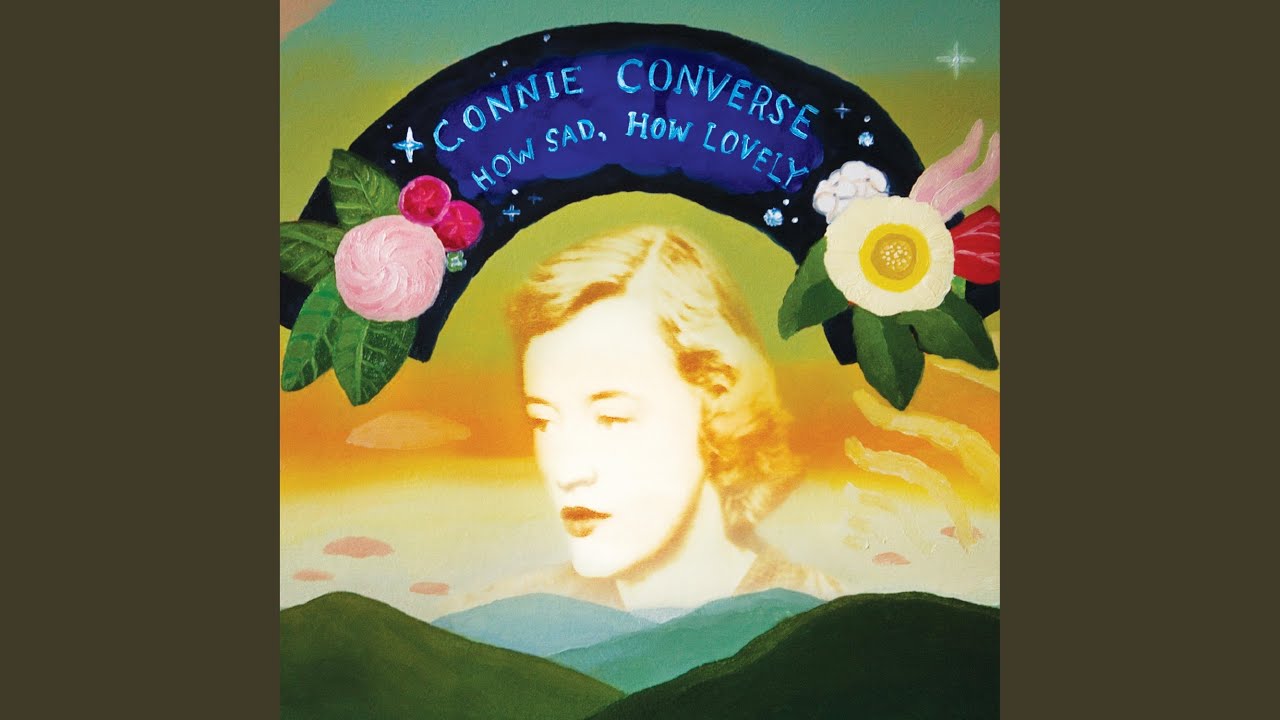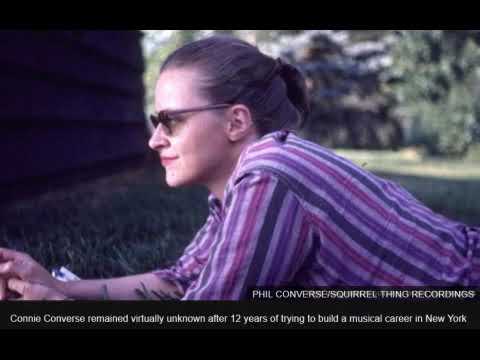The rediscovered music artist is a concept that seems to grow more attractive the further we move away from the golden age of the 60s, 70s and 80s. The idea that something was missed or passed over from those eras is an intoxicating notion. It allows us to experience that time anew; it allows us to travel through time. It gives us a chance to believe that we live in a meritocracy and that true talent and hard work will float up past the gatekeepers and find its rightful place.
It also provides for a potential heroic narrative to our own lives. All of the poetry in our drawers will eventually find it’s audience and rewards. We just have to wait a long time – maybe longer than we get to live.
Nick Drake, Velvet Underground and Sixto Rodriguez found larger audiences later on but were at least known during the career. Theirs was a critical revaluation more than a rediscovery. The re-release of vanity-pressed artists such as Lewis and the Emerson Brothers took this further with records previously heard by only a handful of people getting their time in the limelight.
What makes Connie Converse’s story unique is not just that her work has remained hidden for a much longer period, since the 1950s, but that Converse released nothing at all during her own lifetime. In fact nothing was released for thirty years after she left us. Connie never knew that anybody other than a few acquaintances would ever hear her.
In 2004 graphic artist Gene Deitch played some Connie Converse songs on a WNYC radio show. He had recorded her on a reel to reel tape machine in 1954; now she was being unveiled to the world fifty years later. This set a ball rolling that resulted in an album being released So Sad Lonely (Lau Derette Recordings). It also started an obsession in writer and musician Howard Fishman and led to him writing To Anyone Who Ever Asks: The Life, Music and Mystery of Connie Converse.
Connie Converse was born in 1924 and raised in Concord, New Hampshire. In her twenties she moved to Greenwich Village, New York, and whilst working at a printers started to write songs on her guitar. These songs were never performed publicly but she sang at dinner parties. She and Deitch recorded herself on reel-to-reel at home and at some of these occasions. Only a very small group of friends and associates heard her. The few that did knew they were hearing something extraordinary. Converse was writing about herself and women and their sexuality in a way that was unheard of at the time. She possessed a sharp lyrical brain and a curious, unlikely approach to melody.
In 1961 she moved away from New York to Ann Arbor, Michigan, and soon stopped writing songs. It is easy to see the last stage of Converse’s life as anticlimactic, but she was no less brilliant in everything else she went on to do. She became a political academic writer, an artist. She wrote an opera. She invented a board game. She never ever stayed still. Although brilliant, everyone agrees that Converse suffered from depression and her own letters confirm that. In 1974 she disappeared. She got into her Volkswagen car and drove off. No-one has ever learned what happened to her.

Fishman is absolutely the right person to tell Converse’s story. He was hooked from that first broadcast and adores her music. His investigative approach is relentless. He talks to friends of neighbours of the children of cousins of people who might have heard Connie play once. Sometimes he is a little too proud of this research and asks us to accompany him on dead ends and wrong turns. He charms Converse’s friends and enemies and provides the context which allows us to travel in time.
It is so hard to fully comprehend how far back in time Converse was. This was before rock and roll, before even the idea of the singer-songwriter. Yet Converse seems to be commenting on all that was to follow. There is something out-of-time in the way she ridicules the very idea of lyric writing and winks at her audience in a way we don’t see again for decades. “Up that tree, that sort of a squirrel thing, sounds just like we did when we were quarrelling” is a lyric from possibly her most famous song, ‘Talkin’ Like You (Two Tall Mountains)’ and is incredibly layered. It’s poking fun at the singer’s inability to describe, it’s a comment on the shortcomings of her own lyrical ability, but then it immediately turns sharply into heartache and regret. It’s a joke with a knife in its back pocket.
When I first heard Converse I assumed it was a wilfully lo-fi hipster from the early 00s. Fishman himself though it might be a hoax at first.
The central character in the book is not Converse herself but a filing cabinet entrusted to her brother Phil and to which Fishman has full access. Converse was a consummate librarian and the contents are annotated in detail to guide potential readers through her archive. The cabinet contains tape reels, lyrics, operas, cartoons, letters and articles. It’s as if she was waiting for us.
The main supporting character in the book is a second missing cabinet, which was also entrusted to Phil but was discarded for reasons unknown. Phil just shrugs when asked why. For every diamond unearthed in the surviving cabinet there is an equivalent disappointment in the missing one.
What Fishman does here is a very high resolution version of previous radio documentaries and web pages. It’s rich in detail and he does manage to give us a deeper sense of the type of person Converse was but there is no big reveal or any new facts that substantially alter the core story. The missing cabinet follows him like a ghost and he knows he must content himself with all the things we will never know about Connie Converse.
Perhaps most frustratingly there is no new information or hint at a motive behind her disappearance. Like a lot of her life, this event is subject to unreliable narrators and missing testimony, to the extent that the last person to see her alive is blurred by different recollections.
Fishman occasionally tries to fill these gaps with conjecture and maybes. It’s technically possible that Johnny Cash might have heard a lyric of Converse’s that resembles one of his. It’s also feasible that Converse might have been to a record shop where a young Iggy Pop worked. But we don’t know. We’ll never know.

This is what is beautiful about the book: it’s trying to paint a picture whilst blindfolded. It reminds me of Andrew Smith’s Moondust or Ian Hamilton’s In Search of JD Salinger, books that tried to uncover, respectively, Neil Armstrong and the elusive author of Catcher in the Rye. They both fail in their original intention but become interesting stories about their own unfinished quests. To Anyone Who Ever Asks, likewise, is a book about trying to write a book.
What made Connie Converse write songs, what made her stop, what parts of her life fed into her lyrics, is all lost. We don’t know. But it’s also wonderful that we don’t know. We have to consider that what’s missing is intrinsically part of the allure. It would be tempting to think that if a few events aligned differently she might have earned her plaudits in her lifetime but we don’t know that either.
The same is true of the fidelity that people sometimes think is missing in her songs. Many people have covered her songs, or interpreted the unrecorded lyrics to fill in more gaps or augment the little that is there. Similar things happened with Daniel Johnston when people thought that these fragile stories and songs maybe needed ‘more’. But Connie Converse’s story doesn’t need anything added. It hangs there, as delicate and as faulty as a sixty year-old reel of magnetic tape. It is so sad and perfect that there isn’t any more of her to be found. At least Howard Fishman has put our mind at rest. His book is brilliant – even though it ultimately fails and was always going to. It remains a totally compelling story with ten missing chapters.
To Anyone Who Ever Asks: The Life, Music and Mystery of Connie Converse by Howard Fishman is published by Dutton




